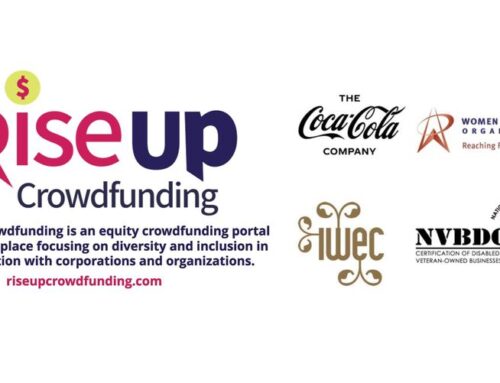During a time when transparency matters more than ever, enter blockchain
by: Jesse Mcwaters | World Economic Forum & Wolfgang Lehmacher | World Economic Forum
International trade is under pressure. Fears fueled by the global refugee situation and terrorist threats have led to tighter border controls – and these come at a cost. Every inspection of goods, every stop along the supply chain, eats up time and drives up prices. Blockchain technology can help.
It harms businesses and consumers alike. Those involved in international trade – whether manufacturers, trading houses, transportation companies or banks – are seeking ways to ease the situation and cut time and costs.
Blockchain technology can help. The cloud-based ledger ensures that records can’t be duplicated, manipulated or faked, and increased visibility in parts of the supply chain promotes an unprecedented level of trust.
It means governments can better protect citizens while business partners can be certain trading documents are real. Consumers can check the quality and provenance of products, and banks can reduce processing time. And it’s all paperless.
“Thanks to blockchain, all kinds of legal, financial and product-related information can be made available.”
Thanks to blockchain, all kinds of legal, financial and product-related information can be made available. This allows even the least trusting parties to comfortably conduct business. With further investment and experimentation, blockchain could potentially hide confidential information to protect the interests of trading parties – pricing information, for example.
Does it work in the real world? Barclays reported the first blockchain-based, trade-finance deal in September 2016. The transaction guaranteed the trade of almost $100,000 worth of cheese and butter between Irish agricultural food co-operative Ornua and the Seychelles Trading Company.
The process – from issuing to approval of the letter of credit, which usually takes between seven and 10 days – could be reduced to less than four hours. Other banks are also exploring ways blockchain technology can improve processes along the supply chain.
In August 2016, banking consortium R3CEV reported that 15 of its members had joined a trade finance trial to test its distributed ledger protocol, named Corda. Also in August, Bank of America, HSBC and the Infocomm Development Authority of Singapore (IDA) revealed that they had built a blockchain application to improve the letter of credit (LC) transaction process between banks, exporters and importers.

It’s not only banks: Maersk, the world’s largest container-shipping line, has been participating in a proof-of-concept initiative, using blockchain expertise from the IT University of Copenhagen to digitize the ships’ cargo inventories.
These so-called “bills of lading” require an enormous amount of paper. A shipment of roses from Kenya to Rotterdam, for example, can result a pile of paper 25 centimeters high.
“Other banks are exploring ways blockchain technology can improve processes along the supply chain.”
And the cost of handling it can be higher than the cost of transporting the containers. Maersk’s aim is to optimize the flow of information while raising visibility along the supply chain.
Often when making a purchase, buyers don’t know where the goods they ordered are coming from or even whether they have been shipped at all. With blockchain, consumers can be informed of every step in the process.
Combined with the Internet of Things, this could also extend to the care with which a product is transported. Swiss start-up Modum, for example, uses blockchain as a way of assuring recipients that pharmaceuticals have remained within an acceptable temperature range while in transit.


